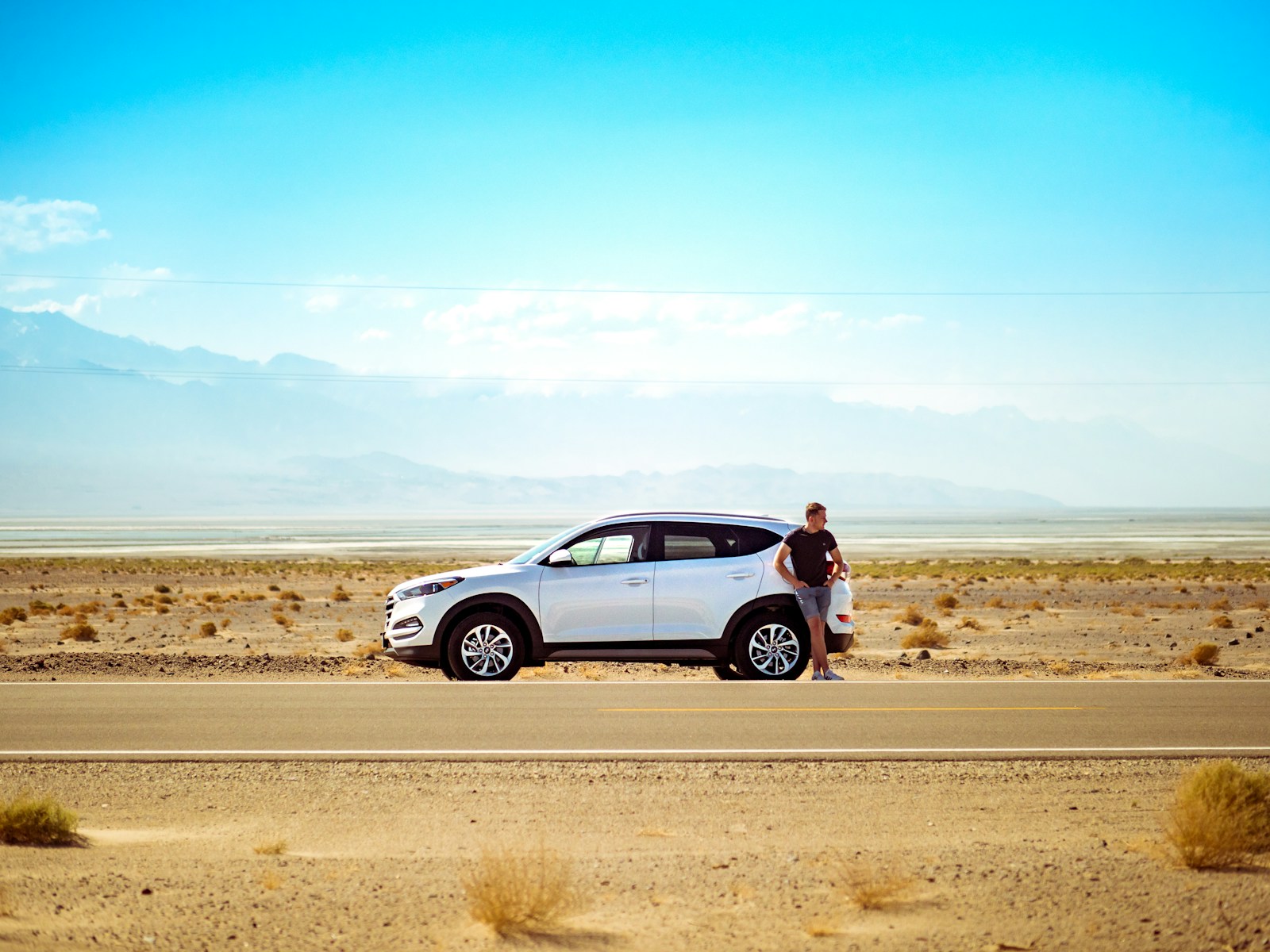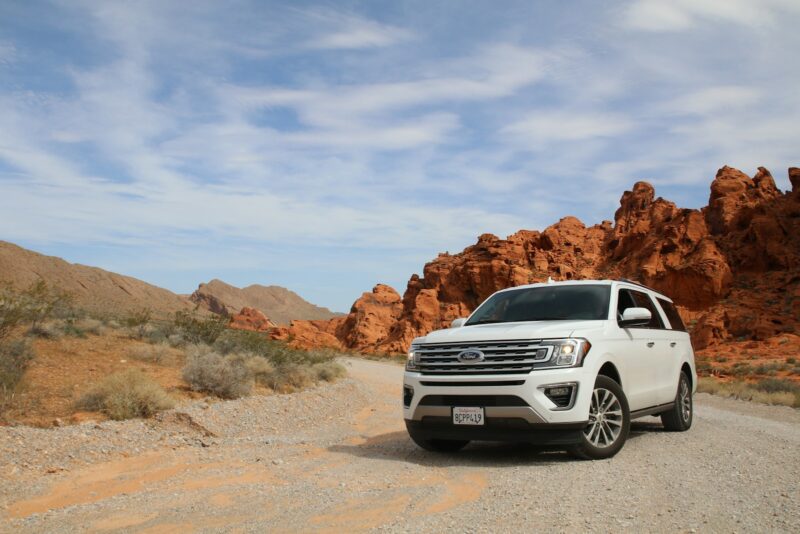Renting a car opens up a world of possibilities for your travels. You gain the freedom to explore at your own pace, without being tied to public transport schedules. But before you hit the road, it’s crucial to understand the ins and outs of car rental agreements and insurance options.
To get the best deal on your rental car, compare prices from different companies and look for discount codes or promotions. Many credit cards offer primary rental insurance, which can save you money on coverage at the counter. Be sure to read the fine print of your rental agreement to avoid surprise fees.
When you pick up your car, take a few minutes to inspect it carefully. Note any existing damage and make sure it’s recorded. This simple step can save you headaches when you return the vehicle.
Table of Contents
ToggleUnderstanding Car Rental Insurance
Renting a car comes with important insurance decisions. You’ll need to know the types of coverage available and how to assess your needs before making choices at the rental counter.
Types of Rental Car Insurance
When you rent a car, you’ll typically encounter four main types of insurance. The first is collision damage waiver (CDW) or loss damage waiver (LDW). This covers damage to the rental car itself. Liability protection is the second type, which covers damage you might cause to other people’s property or injuries to others.
The third type is personal accident insurance, which covers medical costs for you and your passengers. Lastly, there’s personal effects coverage, which protects your belongings in the car.
Each type of insurance serves a different purpose. You might not need all of them, depending on your existing coverage and the specifics of your trip.
Assessing Your Insurance Needs
Before you rent a car, check your personal auto insurance policy. Many policies extend coverage to rental cars. If you’re not sure, call your insurance agent to ask about your coverage.
Your credit card might also provide rental car insurance. Many cards offer collision coverage if you use the card to pay for the rental. Be sure to read the terms carefully, as coverage can vary.
Consider where you’re traveling and what you’ll be doing. If you’re going to an unfamiliar area or planning a long trip, you might want extra protection.
Purchasing Rental Car Insurance
If you decide to buy insurance from the rental company, be prepared for some pressure at the counter. Rental agents often push hard to sell insurance packages.
Know the daily rates for each type of coverage before you arrive. Liability insurance typically costs $7-$15 per day. CDW can be more expensive, often around $10-$30 per day.
Remember, you can usually pick and choose which coverages you want. If you’re already covered for collision through your credit card, you might only need liability protection.
Don’t feel rushed to make a decision. If you’re unsure, it’s okay to take a few minutes to review your options or make a quick phone call to your insurance company.
Navigating Rental Agreements
Rental agreements can be tricky, but understanding them is key to a smooth car rental experience. Let’s break down the essential parts and tips to help you navigate these contracts with confidence.
Key Components of a Rental Agreement
A rental agreement is more than just paperwork. It’s a roadmap for your rental experience. Here are the main parts you’ll find:
- Rental period: The exact dates and times you’ll have the car
- Fees and charges: Base rate, taxes, and additional driver fees
- Insurance options: What’s covered and what’s not
- Fuel policy: How to return the car (full tank or pre-paid)
- Mileage limits: Any restrictions on how far you can drive
Pay attention to the payment method section. Some companies prefer credit cards over debit cards. Your driver’s license info will also be a crucial part of the agreement.
Reading and Understanding the Fine Print
The devil is in the details, as they say. Here’s how to tackle the fine print:
- Take your time. Don’t feel rushed at the counter.
- Look for hidden fees like airport surcharges or early return penalties.
- Check for restrictions on where you can drive the car.
- Understand the cancellation policy to avoid surprise fees.
If something isn’t clear, ask questions. It’s better to clarify now than face issues later.
Handling Disputes and Issues
Even with careful planning, problems can arise. Here’s how to handle them:
- Document everything. Take photos of the car before and after your rental.
- Keep all receipts and a copy of your rental agreement.
- If a dispute occurs, stay calm and refer to your agreement.
- Contact customer service promptly if issues arise during your rental.
Most rental companies want to keep you happy. If you face a problem, explain your situation clearly and propose a fair solution. Your credit card company can sometimes help with disputes, so check your card benefits too.
Finding the Best Deals
Getting a great deal on your rental car can save you money and stress. Let’s explore some smart strategies to help you find the best prices and options for your next car rental.
Comparing Rental Car Companies
To find the best deals, start by comparing rates from different rental car companies. Use booking engines like Kayak to see prices across multiple companies at once. Don’t forget to check smaller, local rental agencies too.
Look into loyalty programs offered by major companies like Hertz, Avis, and Enterprise. These can give you perks like free upgrades or faster pick-up.
Consider memberships you already have. AAA and some credit cards offer rental car discounts. Check if your employer has any partnerships with rental agencies.
Booking Strategies
Timing is key when booking your rental car. Prices often go up closer to your travel date, so book early when possible.
Be flexible with your dates if you can. Weekday rentals are usually cheaper than weekends. Weekly rates can save you money on longer trips.
Prepaying for your rental often gives you a lower rate. Just be sure you’re certain about your plans, as these bookings may be non-refundable.
Look for discount codes online before booking. You can often find promo codes for 10-20% off your rental.
Choosing the Right Car
Pick a car that fits your needs without overpaying. Economy cars are usually the cheapest option. They’re great for solo travelers or couples on short trips.
For longer trips or if you need more space, consider an intermediate or standard size car. These offer more comfort without a huge price jump.
Automatic transmissions are more common and often cheaper in the US. If you’re comfortable driving stick, manual transmission cars can sometimes be less expensive.
Think about fuel efficiency. A smaller car will likely use less gas, saving you money on longer trips.
Be cautious about upgrades. While a luxury car or SUV might be tempting, they can significantly increase your costs.
Additional Tips for a Smooth Rental Experience
Renting a car can be simple if you know what to look out for. These tips will help you avoid common pitfalls and make your rental experience stress-free.
Inspecting the Car
Before you drive off, take a close look at your rental car. Walk around it and check for dents, scratches, or other damage. Don’t forget to look inside too. Report any issues to the rental company right away. This protects you from being charged for damage you didn’t cause.
Take photos of any existing damage. Make sure the rental agreement notes these issues. Check that all features work, like lights, wipers, and air conditioning.
Don’t rush this step. A thorough inspection now can save you headaches later. If you spot a problem after leaving the lot, call the company immediately.
Managing Fuel Policies
Understanding the fuel policy is key to avoiding extra charges. Most companies offer these options:
- Full-to-full: You get a full tank and return it full.
- Pre-purchase: You buy a full tank upfront.
- Pay-for-what-you-use: You pay for the fuel you actually use.
Full-to-full is often the best deal. Just remember to fill up near the drop-off location. Keep your gas receipt as proof.
Check the car’s fuel efficiency to estimate how much gas you’ll need. This helps you avoid overpaying for pre-purchased fuel.
Handling Additional Drivers and Extras
Adding extra drivers can be handy but costly. Check if your rental agreement includes additional drivers for free. Some companies allow spouses or partners at no extra cost.
Be careful with add-ons like GPS or car seats. These extras can quickly bump up your bill. Consider if you really need them. You might save money by using your smartphone for navigation or bringing your own child seat.
Roadside assistance can be worth it for peace of mind. It helps if you have a breakdown or lock yourself out. Check your credit card benefits – some offer this service for free.
Read customer reviews before choosing extras. They can give you insight into which add-ons are worth the cost and which to skip.
Conclusion
Renting a car doesn’t have to be complicated. With the right knowledge, you can navigate the process smoothly and confidently.
Remember to inspect the car thoroughly before driving off. Look for scratches, dents, or any existing damage. This simple step can save you hassle later on.
Don’t forget about insurance options. Your personal auto policy might cover rentals, but it’s worth double-checking. If not, consider the rental company’s coverage or a third-party policy.
Be mindful of hidden fees. Things like toll charges or late returns can add up quickly. Plan your route and return time carefully to avoid surprises on your bill.
Shop around for the best deals. Different companies offer various promotions and discounts. Your memberships or credit cards might provide special rates too.
Lastly, read the rental agreement carefully. It’s not exciting, but it’s crucial. Understanding the terms can prevent misunderstandings and unexpected charges.
Additional Resources
Renting a car can be tricky, but these extra tools will help you feel more confident. Check out these handy websites and apps to make your rental experience smoother:
- Rentalcars.com: Compare prices from many companies in one place
- AutoSlash: Track your reservation for price drops
- Costco Travel: Great deals for Costco members
Don’t forget about these helpful apps:
- GasBuddy: Find the cheapest gas near you
- Waze: Navigate traffic and avoid tolls
- Parkopedia: Locate parking spots in busy areas
Rental car agreements can be confusing. Try using online resources to learn about common terms before you rent. This can save you time and stress at the counter.
Remember to take photos of the car before you drive off. This can protect you from unfair damage charges later. Most smartphones have great cameras for this purpose.













